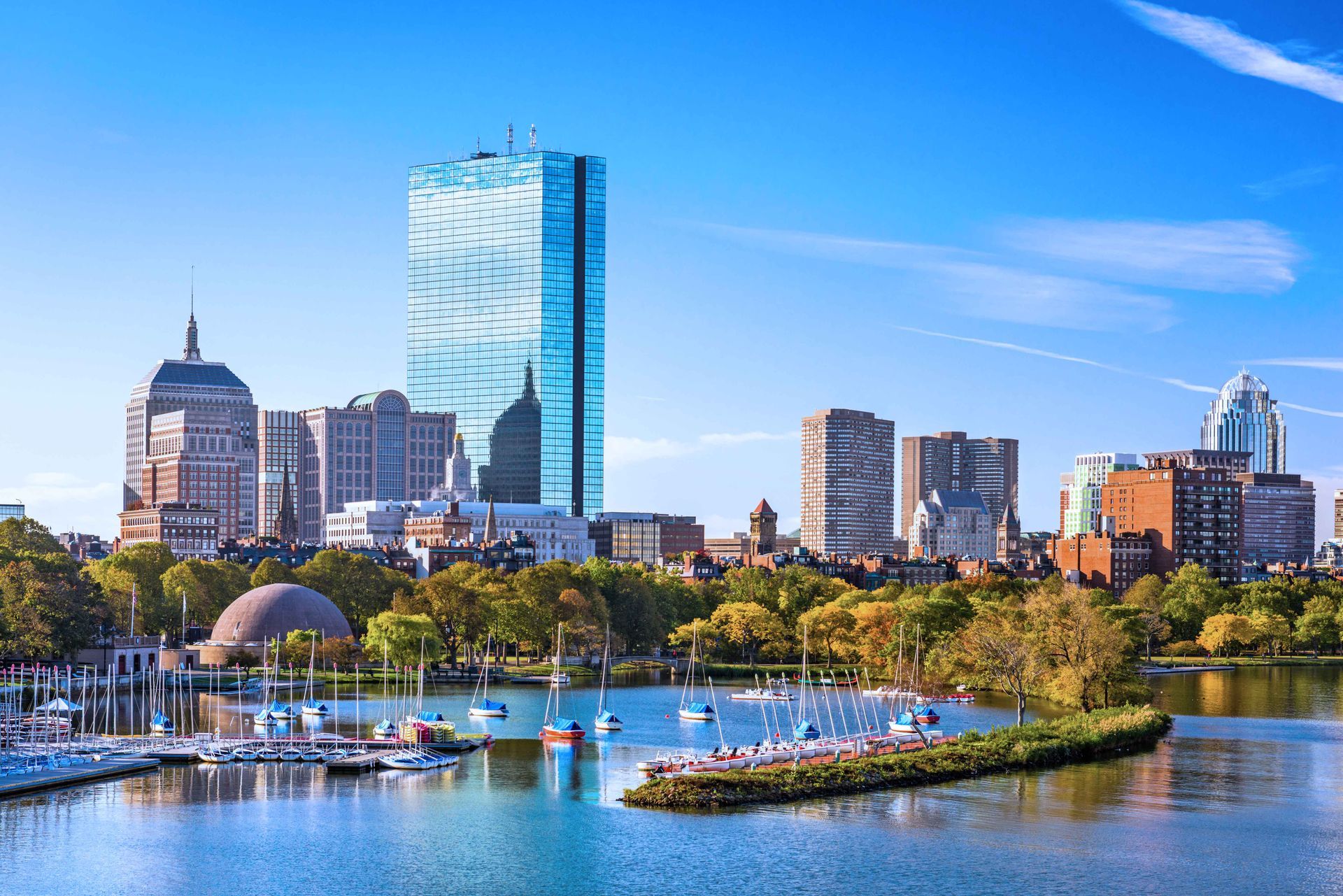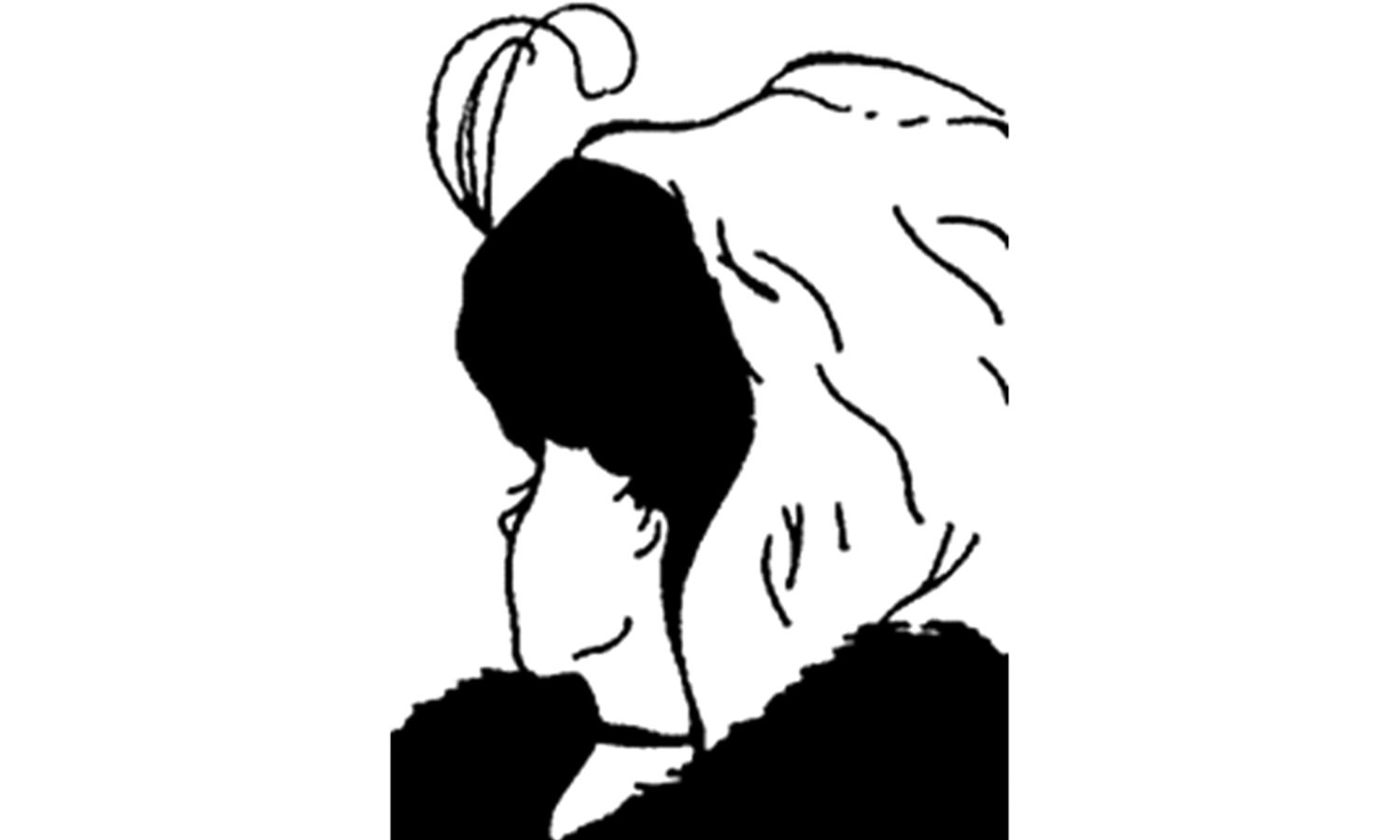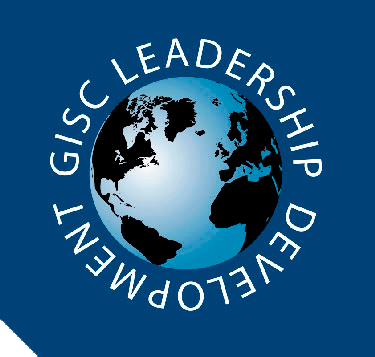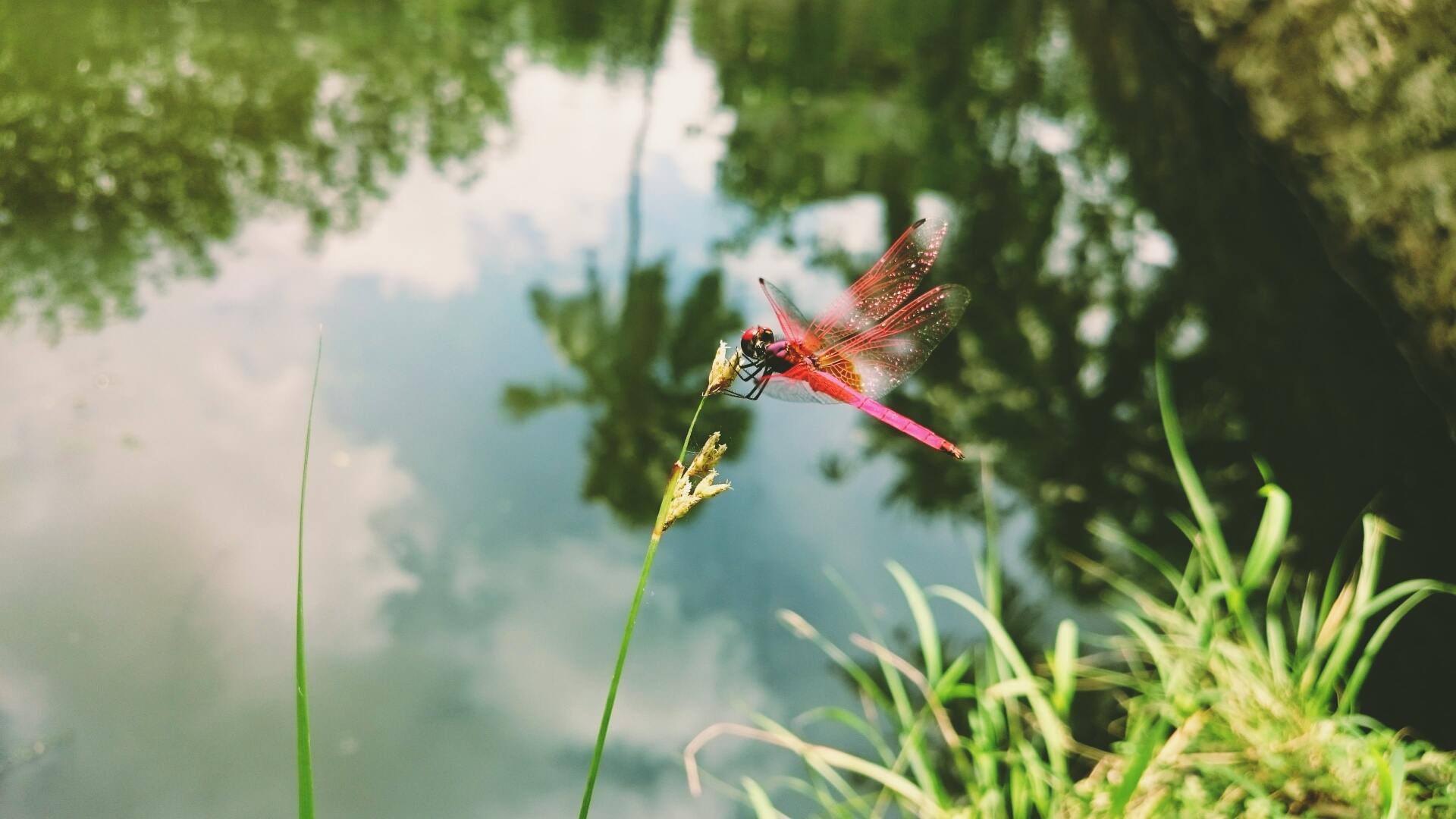The Power of the Present Moment
Nancy Rutkowski • February 7, 2020
Creating change in the here-and-now

Lately, I’ve been noticing a little tug inviting me out of my therapist and coaching chair. Most clients in my practice first seek help at times of sudden change—unexpected illness, dissolution of a relationship, death of a loved one, a new boss or a work place reorganization. But lately, I’ve been met with a different sort of dis-ease: Many of my regular clients are showing up with the weight of an existential sorrow about the state of the world and in particular, the future world.
When clients come in after a divorce, I easily turn to the optimism in me, an optimism that I developed both as a student and teacher of the Cape Cod Model. I believe in my bones that our knowledge of the future is inherently incomplete, and I’m aware that in the darkest moments possibilities exist. I can sit with my clients through the sorrow of a loss or change that doesn’t fit with the life script they imagined for themselves, pacing their readiness to turn toward the light of possibility.
Last week, a client caught up in the global divisiveness that’s reared its head in our small college community sobbed as she described how old friends have become new enemies. She shuddered in anger, fear, and sorrow at the future she imagines. She’s desperate to make them see what she sees.
Certainly I share my client’s heightened concern for the future as I imagine many of you do. I, too, feel a pressing concern about the world my grandchildren will inherit--which means for me, I need to be on the alert these days for my own personal beliefs and biases—my own countertransference. What keeps me in check in those moments is perhaps the most fundamental and elementary tenet of gestalt theory and practice: That all we have and know is here-and-now and the only place where change is possible.
Eventually, my client was able to engage with me in the present, to return to the relationship in the room, to experience the calm, as well as the joy and sorrow of the moment. She caught a glimpse of how in fighting with others about the future she was missing them in the moment. She wanted to be understood and seen, but her attention was on the dire future, not on the person—me in the office and others outside the office—in front of her. What she was missing in her focus on the future was connection in the present.
In our last two newletters, Carol wrote about how bearing the unbearable is done best in community, and Sharona wrote about responding to conflict by creating the conditions for empathy. Both ways of being are ways of being with the person in front of you. Both value and depend upon attending to the present, upon the belief that the possibility for growth, learning, and development happens in the here-and-now. And that connection in the moment is how we begin.
In the end, there is no difference between how I stay in my seat—how I attend to my countertransference—with a new client who comes in after a divorce or a longstanding client who comes in paralyzed by her fear of the future. The difference is in me—in the extent to which I’m activated or aroused by what shows up in my office. While consultation with colleagues is an ongoing way I address countertransference outside of my office, my grounding in the here-and-now is how I address it in my office as it’s happening.
That’s when I have to remind myself that the change we create in the present, by connecting with the person in front of us, is our best shot at having a better future.
Share
Tweet
Share
Mail

By lfitzpatrick
•
December 18, 2024
Dear Friends, Thank you for your ongoing support of GISC and for being such a vital part of our global learning community. Together, we’ve continued to build on the transformative work that has defined GISC for decades. I’m excited to share some highlights of the past year and invite you to join us in shaping our next chapter. After more than 20 years in Wellfleet, we’ve embraced a new home in downtown Boston. Our new offices are located in a vibrant building dedicated to nonprofit advancement and social change, a perfect reflection of GISC’s mission to foster meaningful growth in the individuals and organizations we serve. While we will always cherish our Cape Cod roots, this move enhances our ability to connect with a broader community and expand our impact in new and exciting ways. GISC remains the place that brings diverse individuals together, in community, over time, for deep transformative learning. These shared experiences enable participants to multiply their impact for larger systems change. This year, our mission came to life with participants from 25 countries across all continents joining our online and in-person programs—an increase from prior years and a powerful testament to the global relevance of our work. In November, our faculty gathered for a three-day retreat, which deepened our sense of connection and reaffirmed GISC’s dedication to diversity, equity, inclusion, and belonging. This retreat will allow us to better foster a sense of belonging in our programs, continue to develop our theory, and align our Gestalt approach with the principles of inclusivity and shared growth. We’ve expanded our program offerings to include new open-enrollment and customized trainings for organizations, addressing critical topics such as psychological safety and inclusive leadership. And we continue to develop new programs to meet the needs of today’s leaders and professionals. In 2024, we launched a free monthly series for psychotherapists, Conversations with Clinicians: Life and Practice through a Gestalt Lens, enriching our commitment to the therapeutic community. Board member Shanaaz Majiet from Cape Town, South Africa, captured the heart of GISC’s work when she shared, “I believe our GISC mission has new relevance in an era of relationships for a better world.” Indeed, the relationships we cultivate and the communities we build are at the heart of everything we do—and it is your passion, support, and dedication that make it all possible.

By Hortensia Hinds, GISC Certified Coach
•
September 24, 2024
When most coaches and clients think about coaching work, they see it as void of racism, sexism, sexual orientation, ableism, bias and intersectionality to name only a few experiences. They may also ignore the presence of these lifelong experiences in a coachee or themselves. As John Leary-Joyce the author of The Fertile Void: Gestalt Coaching at Work, states,

By lfitzpatrick
•
December 19, 2023
Dear Friends, Thank you for your ongoing support of GISC and for being such a vital part of who we are as a global learning community. This year, I have some important and exciting news to share. For many months, the GISC Board of Directors and I have worked together to develop a strategic vision to take GISC into the future. Our aim is for GISC to be the place that brings diverse individuals together, in community, online and in accessible in-person environments, for meaningful, transformative learning, so they can multiply their impact for larger systems change. We know this is achieved through relevant programming, experiences that are deep and build mastery over time, a focus on diversity, inclusion, and belonging – and by continuing to evolve as an organization. To this end, last month, the board made the strategic decision to put the Nevis Meetinghouse in Wellfleet up for sale and move our center of operations to Boston, Massachusetts. After the trials of Covid and the societal shifts we’ve seen since, it’s become clear that our greatest opportunities lie off-Cape, online, and in new places in the US and abroad. Making this decision is the best way we know to honor the legacy of our founders, Edwin and Sonia Nevis, and expand our important mission. While the building in Wellfleet has been a cherished physical home to many of us, it’s been the profound insights and lifelong relationships created there and elsewhere that are the most valuable treasure we share. Together, over many years, we’ve formed and re-formed community to hold our greatest hopes and aspirations as humans and professionals. “The Center” is indeed a community – it is you, our participants, members, supporters, faculty, and friends – not a physical space. This change will allow for greater accessibility and open up new opportunities for collaboration and partnerships in education, healthcare, and the helping professions. It will better enable thought leadership and our commitment to equity, diversity, and inclusion, expanding our impact in the world. While we understand that this news may bring sadness to some, we hope you will also join in our excitement for new ways of becoming all we can be – with all the creativity and liveliness that change can bring – while holding onto the essence of who we are and what makes GISC special. Please be a part of making this new vision a reality with your continued support and give generously to GISC this year. Your gift of $1,000 will place you in our Founders Circle, and every unrestricted gift of $125 or more includes a GISC membership. Our members are entitled to special perks and program discounts and will receive an invitation to our Virtual Town Hall to learn more and share thoughts on our vision for GISC. We also welcome gifts directed to our Scholarship Fund, Clinical Initiatives, DEIB work, Faculty Development – or your own area of interest.

By Stuart Simon, LICSW, MCC
•
May 12, 2023
Lately, as I sit with clients, I have found myself exploring the experience of not knowing. It's notable because I have spent so much of my professional life wanting to learn and grow ...which necessarily involves knowing things. I assume we all do that. But as I said, I have been exploring "not knowing". I find I am enjoying "not knowing". Perhaps it's really the experience of not having to know. I think this is making me a better practitioner...therapist, coach, consultant. It provides me a lot of freedom. However, the road to "not knowing" has not been comfortable for me. It's too close to the experience of feeling "stupid". Perhaps turning 66 has helped. It brought to mind picture of the Old Lady and the Young Lady:

By Laurie Fitzpatrick
•
December 19, 2022
Dear Friends, We at GISC are grateful for you, our donors, members, and participants, for playing such a vital role in bringing GISC’s powerful Gestalt approach to so many, “transforming the way we live and work in the world.” Our community is the heart and soul of this organization, and we thank you. GISC is better poised than ever to reach more people and to make the kind of impact so needed in the world today. We’re taking our Gestalt Leadership Development training into more organizations and creating a clinical initiative to develop and promote new offerings for psychotherapists. We’re working to become more accessible, experimenting with delivery at central in-city locations and by optimizing our online presence. And we’re actively educating ourselves as a community on issues of diversity, equity, and inclusion, to grow as an organization and be a place where everyone called to this work feels they belong. The brilliance and legacy of GISC founders Sonia March Nevis and Edwin Nevis equipped us well to bring our own solutions to the problems individuals and organizations face today, and still, we must continue to develop ourselves and prepare new generations of coaches, leaders, and practitioners. As luminaries in the Gestalt world age, retire, or, sadly, pass away, we’re reminded of the imperative to carry this legacy forward, person to person. As 2022 draws to a close, we’d like to ask for your continued help in bringing GISC’s important work into the world. Your gift will support these and other initiatives: Faculty Development – to support our faculty community and offer advanced training. Equity, Diversity, Inclusion, and Belonging – to move GISC and those we train to a place of awareness, equity, and competence for living in a diverse and multicultural world. Scholarship Fund – so we can continue to provide scholarship assistance to those who need it. Clinical Initiative – to develop new offerings for mental health professionals. Virtual Delivery – to bring our rich GISC experiences to wider audiences online. Please give today to support our work and expand our global community. You can donate online by clicking the button below or by check via mail, directing your gift to your favorite initiative or to the general fund. Again, this year, we invite you to join our Founders’ Circle with your gift of $1,000 or more. All contributions of $125 or more will entitle you to a free GISC membership for 2023.

By Laurie Fitzpatrick
•
December 9, 2021
If the past year has demanded anything of us, it has been to draw on our inner resources – and one another – to reimagine the ways we live and work in the world. To achieve things we don’t yet know are possible. “This might not work,” one of my favorite lines by creativity expert Seth Godin, speaks to the way every important undertaking is a leap of faith, as we will only discover what works by trying new things. I am so proud of GISC’s faculty, board, staff, and participants, as we have worked to create something incredibly important and worthwhile this year – reaching outside of comfort zones to offer programs in new ways, bringing our experiential programs online, beginning to explore biases we didn’t know we held, and so much more – all while contending personally and professionally with a global pandemic. Many of us – leaders, therapists, coaches, consultants – have moved through our own fears and resistances and blind-spots to look at what is, what else might be possible, and to help bring others along their own paths of learning. It has been a joy to see program participants join strangers from around the world on two-dimensional screens, yet somehow forge intimacies and embody learning none of us were sure was possible. They have walked away from signature programs we thought could only be delivered in person saying things like: “It's been life changing” “What stands out for me in this program is the good-heartedness.” “I experience the organisation as one that lives and promotes its values, which seems rare these days!” “…Each program I attend attracts people willing to engage in the material, share in a meaningful and intimate way, and show up from around the world. It makes my world a better place.” GISC, like the individuals in our community, is doing some reimagining of its own. How might we stand on the fertile ground our founders laid and best equip today’s generation of learners to bring more meaning and competence to their own lives and the lives of those they touch? How can we be more inclusive and just? And, we have developed some new initiatives to address these questions. Please support GISC with your gift this year and be a part of reimagining our future, expanding upon all that we’ve learned to become something more. Your gift will support: New Programming to enhance skills and ways of being that are relevant to today’s leaders and practitioners Diversity Equity Inclusion & Belonging – so that GISC is a place where everyone feels they belong and are supported to live, work, and promote change in our multicultural society Virtual Initiative – expanding accessibility and our ability to bring GISC’s brand of powerful, safe, highly experiential programming online Scholarship Fund – supporting nonprofit leaders, clinical practitioners, and participants from underrepresented communities Faculty Development – To foster thought-leadership and equip our next generation of faculty to bring the best of Gestalt theory and practice into the future
GESTALT INTERNATIONAL STUDY CENTER
89 South Street, Suite 400
Boston, MA 02111
Ph: +1 508 349 7900
© Copyright 2021 Gestalt International Study Center.
All rights reserved. Website by
Darren Wotherspoon





